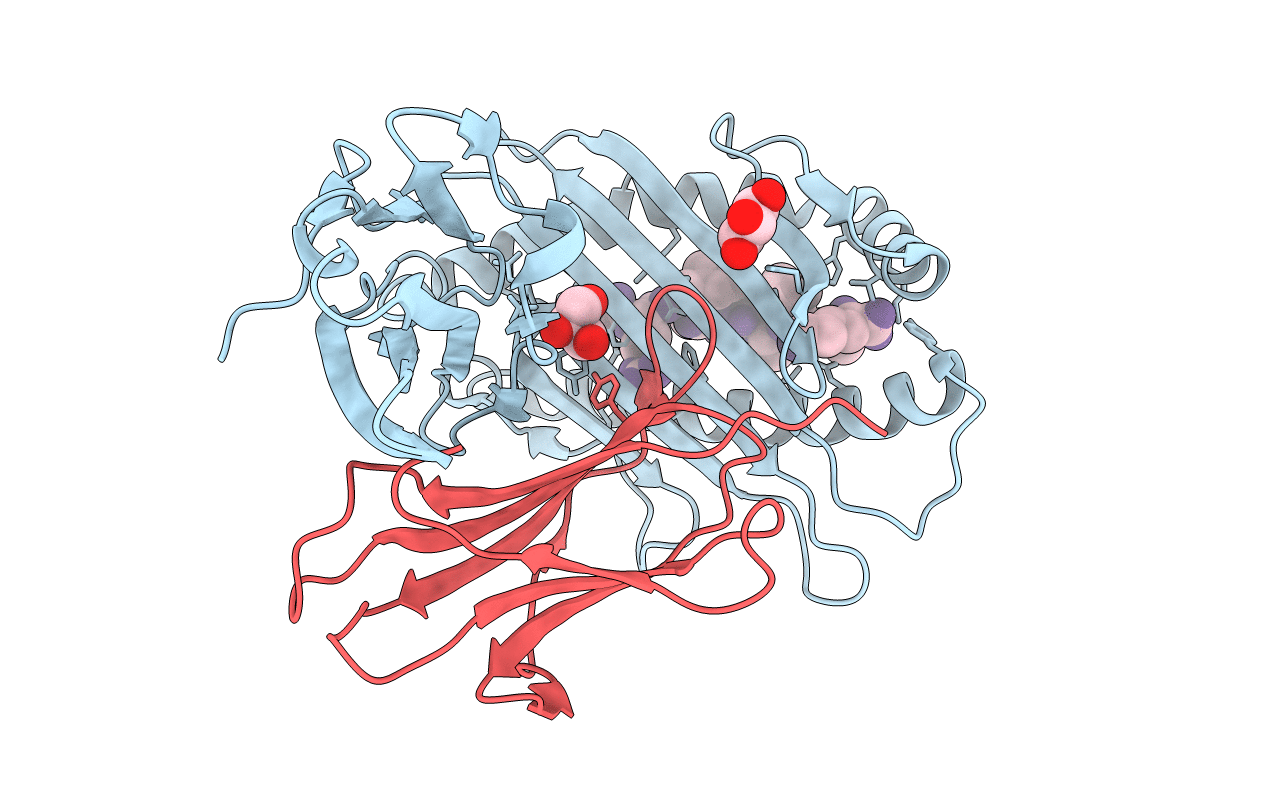
Deposition Date
2001-10-11
Release Date
2002-10-30
Last Version Date
2024-10-30
Method Details:
Experimental Method:
Resolution:
1.09 Å
R-Value Free:
0.14
R-Value Work:
0.12
R-Value Observed:
0.12
Space Group:
P 21 21 21


